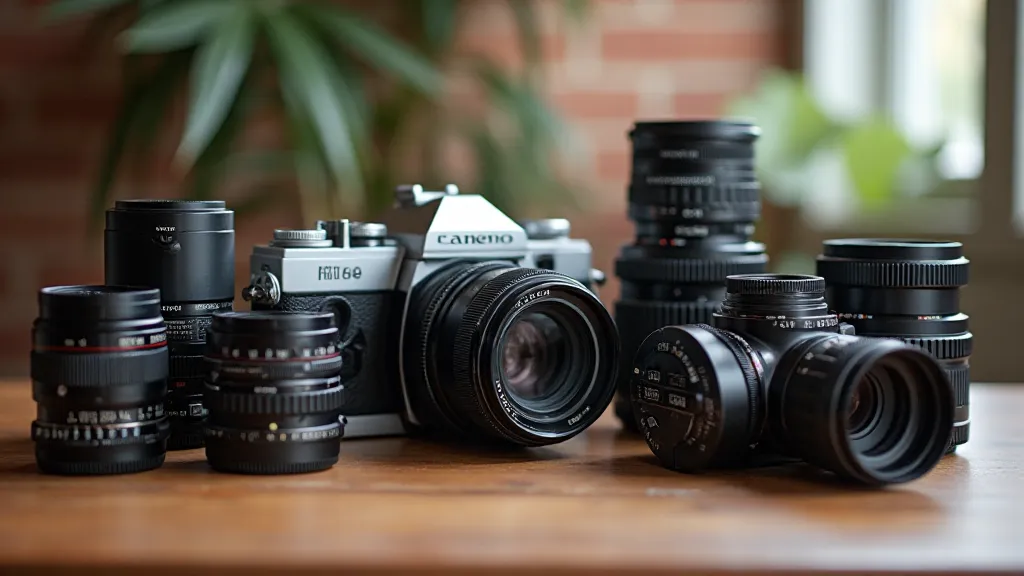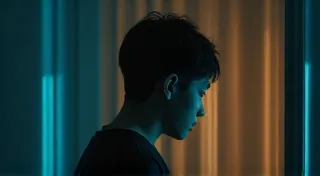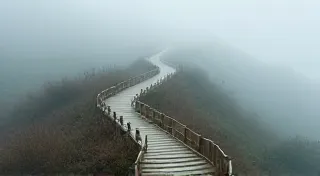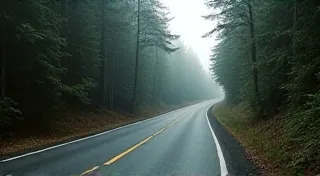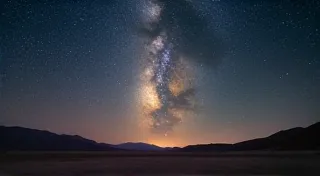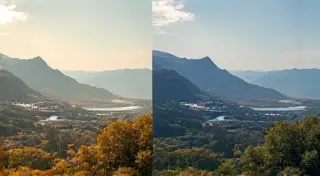Understanding Depth of Field: More Than Just Blurry Backgrounds
Depth of field (DoF) is a fundamental concept in photography, often associated with those beautifully blurred backgrounds (bokeh!) we see in portraits and product shots. But it's far more than just a way to isolate your subject. Understanding depth of field gives you creative control over your images, allowing you to tell stories and direct the viewer's eye.
What is Depth of Field?
Simply put, depth of field refers to the area of your image that appears acceptably sharp. It’s not just *one* plane – it’s a zone. Everything within that zone looks relatively in focus. What lies outside that zone becomes blurry.
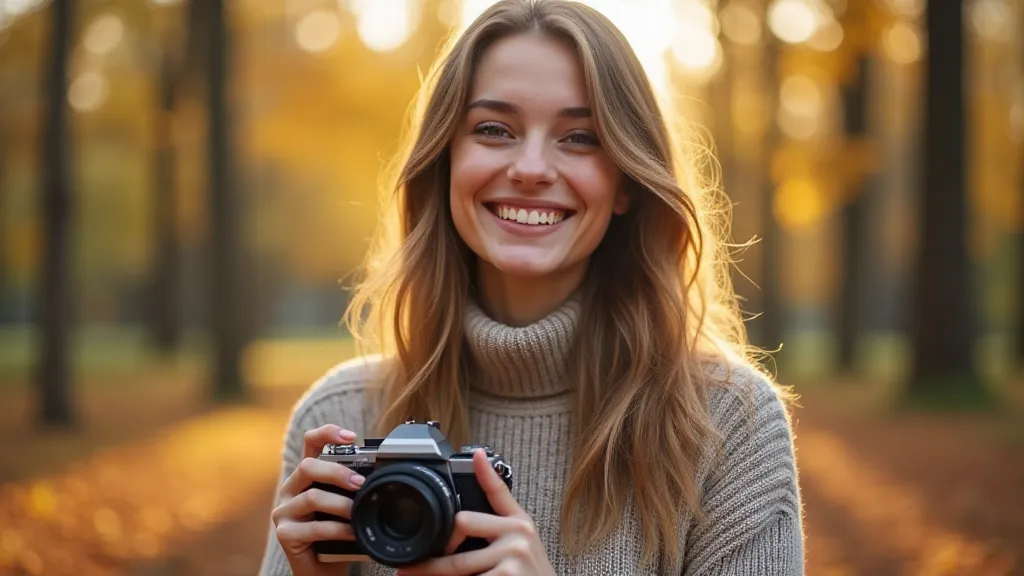
The Key Player: Aperture
The primary factor controlling depth of field is your camera’s aperture. Aperture is the opening in your lens that allows light to pass through. It’s measured in f-stops (like f/2.8, f/8, f/16). Here's the crucial relationship:
- Small Aperture (High f-stop - e.g., f/16, f/22): Larger depth of field. More of your scene will be in focus. This is good for landscapes where you want everything sharp.
- Large Aperture (Low f-stop - e.g., f/1.8, f/2.8): Smaller depth of field. Less of your scene will be in focus. This is often used for portraits to isolate the subject and create that pleasing background blur.
Think of it this way: a small aperture acts like a tiny pinhole – everything gets a little bit of focus. A large aperture opens things up, focusing on just a smaller area.
Beyond Aperture: Other Influences
While aperture is the biggest factor, two other settings also influence depth of field:
- Focal Length: Longer focal lengths (like telephoto lenses) tend to produce shallower depth of field than shorter focal lengths (like wide-angle lenses) at the same aperture.
- Distance to Subject: The closer you are to your subject, the shallower the depth of field.
Creative Uses of Depth of Field
Now that you understand the basics, let’s explore how you can use depth of field creatively:
- Isolate Your Subject: Use a wide aperture (low f-stop) to draw attention to a single person or object, blurring the background and minimizing distractions.
- Create Storytelling: Strategically blur elements in your scene to guide the viewer’s eye towards the most important details. Maybe blur a distracting object to focus on the person’s expression.
- Landscape Photography: Use a small aperture (high f-stop) to ensure sharpness throughout your entire landscape image – from foreground to background.
- Experiment with Selective Focus: Place your focus point precisely where you want the sharpest detail and let the rest of the scene soften.
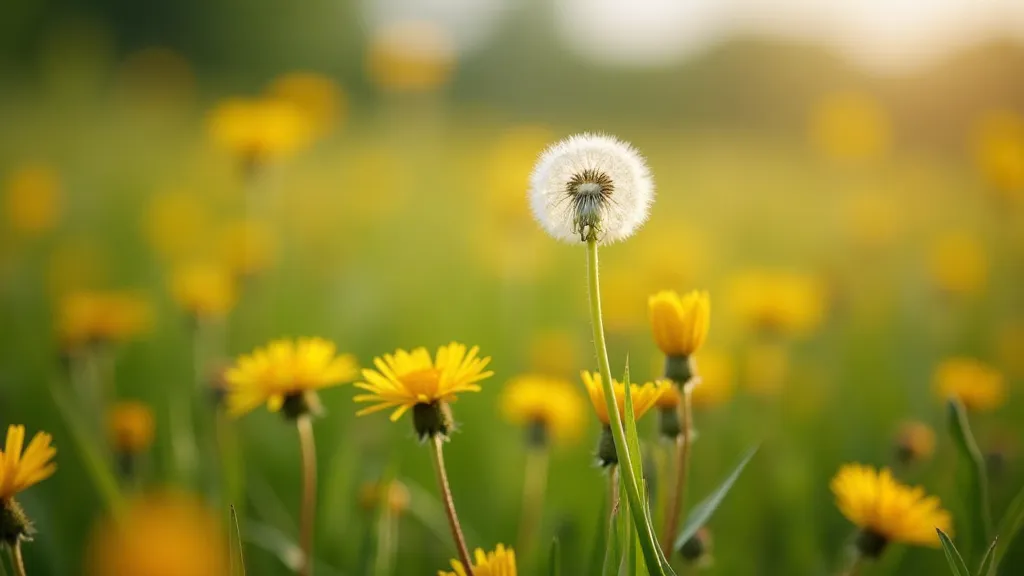
Practice Makes Perfect
The best way to master depth of field is to experiment. Shoot the same scene at different apertures and observe the changes in the background blur. Try focusing on different points within the scene. Pay attention to how focal length and distance to your subject affect the results.
Don't be afraid to push boundaries and see what artistic effects you can achieve. Depth of field is a powerful tool that can significantly enhance your photography.
